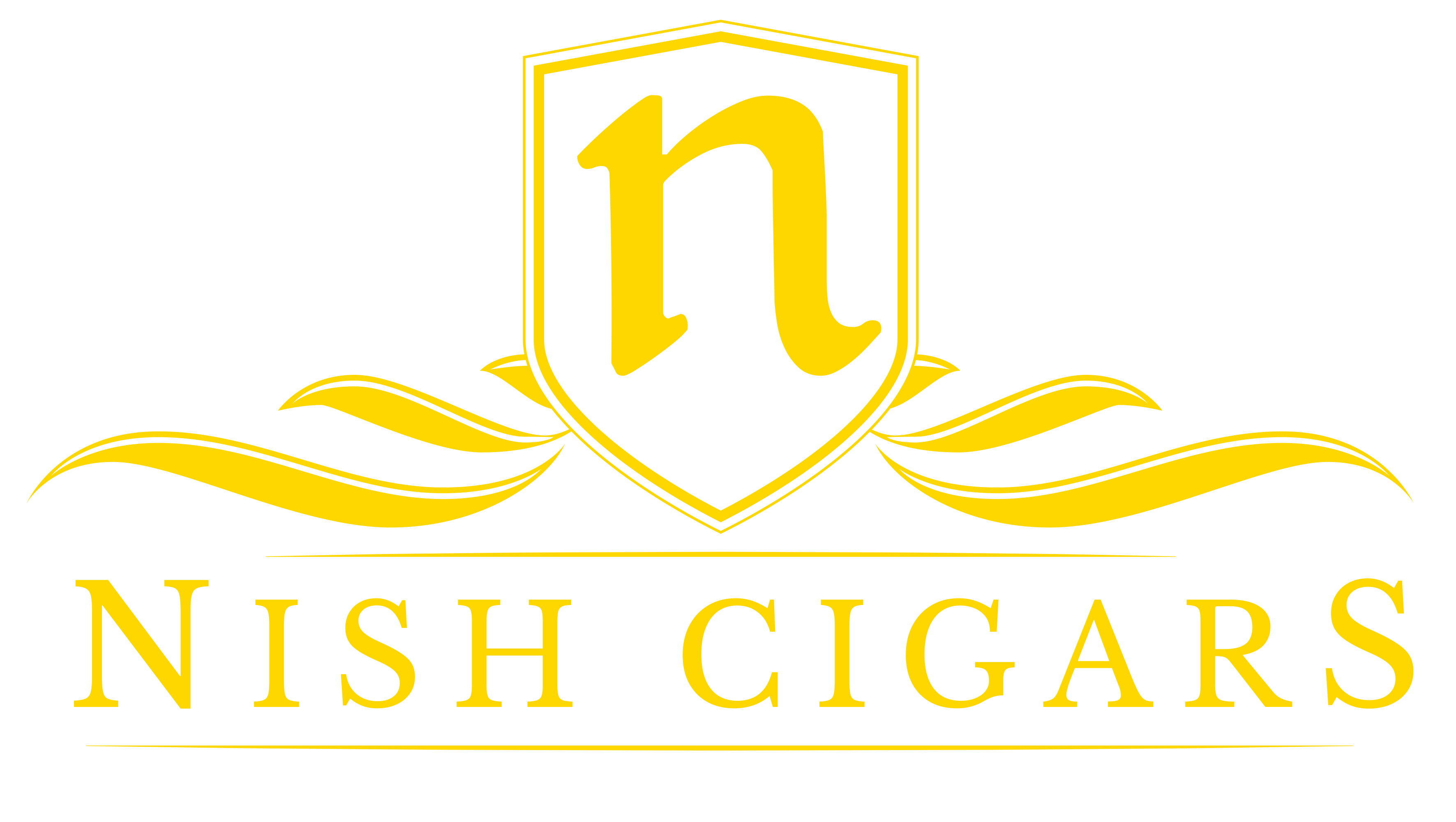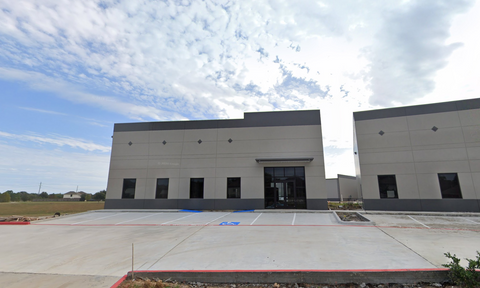Cuban cigars are often regarded as the pinnacle of craftsmanship in the cigar world. Collectors, aficionados, and even occasional smokers recognize the unmistakable quality and rich flavor that define a true Cuban cigar. But what exactly gives Cuban tobacco its legendary status? What sets it apart from the tobacco grown in other prestigious regions such as the Dominican Republic, Nicaragua, or Honduras?
The answer lies in a powerful yet subtle concept: terroir — a term borrowed from the French wine world that encompasses all the environmental and human factors that influence the growth and character of a product. In the case of cigars, terroir refers to the soil, climate, geography, and cultivation methods that shape the identity of tobacco leaves. And in Cuba, no place embodies this better than the Vuelta Abajo region in Pinar del Río.
The Heart of Cuban Cigar Production: Vuelta Abajo
Vuelta Abajo, located in western Cuba, is universally recognized as the world’s premier tobacco-growing region. It is one of the few places where all three parts of a premium cigar — wrapper, binder, and filler — can be grown with equally exceptional quality. The name “Vuelta Abajo” literally means “Lower Turn,” a geographical reference, but for cigar lovers, it might as well mean “sacred ground.”
This small but magical valley possesses a unique combination of elements that make it ideal for cultivating world-class tobacco — and these elements cannot be replicated, no matter how hard other regions try.
1. The Soil: Nature’s Perfect Foundation
The soil in Vuelta Abajo is light, sandy, and mineral-rich. It offers ideal aeration and drainage, which are essential for healthy tobacco root development. This soil has a high calcium and magnesium content, which contributes directly to the flavor complexity of the leaves. Unlike heavier soils, Vuelta Abajo’s composition allows plants to absorb nutrients efficiently, leading to vibrant, oily, and aromatic leaves.
The soil also plays a role in regulating the pH balance, which affects the intensity of flavor and the burn quality of the leaf. Simply put, tobacco grown here tastes different — smoother, earthier, and more refined.
2. The Climate: A Delicate Balance of Sun and Rain
Cuba’s tropical climate is crucial for tobacco cultivation. Vuelta Abajo enjoys a stable weather pattern with abundant sunlight during the growing season and timely rainfall that ensures the plants are well hydrated but not over-saturated. The average temperature of around 25°C (77°F) helps in the slow, steady growth of tobacco leaves, which is essential for full flavor development.
Another factor is humidity, which is consistently moderate in this region. Too much moisture can lead to mold and poor combustion; too little can dry the leaves and reduce essential oils. The natural humidity of Vuelta Abajo provides the perfect balance for fermentation and curing — two critical post-harvest processes that define the flavor, aroma, and smokability of a cigar.
3. Geography and Microclimates
The topography of the region — with its gentle slopes, valleys, and natural wind corridors — creates microclimates that allow farmers to experiment and specialize. Some fields are known for wrapper leaves due to their softer winds and even sunlight; others are prized for filler tobacco thanks to richer soil or slightly different elevation.
These microclimates produce slight but essential variations in leaf characteristics, allowing master blenders to create complex, nuanced cigar profiles that evolve as you smoke.
4. Human Expertise: Centuries of Craftsmanship
Even the best terroir would be meaningless without human expertise. Cuban tobacco cultivation is deeply rooted in tradition. Many families in the Vuelta Abajo region have been growing tobacco for five or six generations. Farmers — called veguero — work with an intuitive understanding of the land.
Every step, from seed selection and planting schedules to pruning, harvesting, and fermenting, is done with almost sacred care. There’s a spiritual respect for tobacco in Cuba, and that reverence is reflected in every puff of a hand-rolled Cuban cigar.
5. Government Regulation and Quality Control
Cuban tobacco is heavily regulated by the Cuban government to maintain quality. Only tobacco grown in designated areas like Vuelta Abajo is used for Habanos — the official designation for premium Cuban cigars. All production steps, from leaf curing to cigar rolling, are closely monitored to uphold the highest standards.
Each box of Cuban cigars carries official seals, labels, and factory codes to prevent counterfeiting — a testament to the pride and protection behind Cuban tobacco’s legacy.
Conclusion: A Cigar Unlike Any Other
The uniqueness of Cuban tobacco is no accident. It is the result of a perfect natural environment, deep cultural heritage, and unwavering commitment to excellence. The Vuelta Abajo terroir offers a rare combination of soil chemistry, climate harmony, geographic features, and artisan mastery that simply cannot be copied.
This is why Cuban cigars — from Cohiba to Montecristo, Bolivar to Partagas — continue to command respect and admiration across the globe. To smoke a Cuban cigar is not just to enjoy tobacco; it is to experience a piece of Cuban history, geography, and soul — all wrapped into one elegant form.





